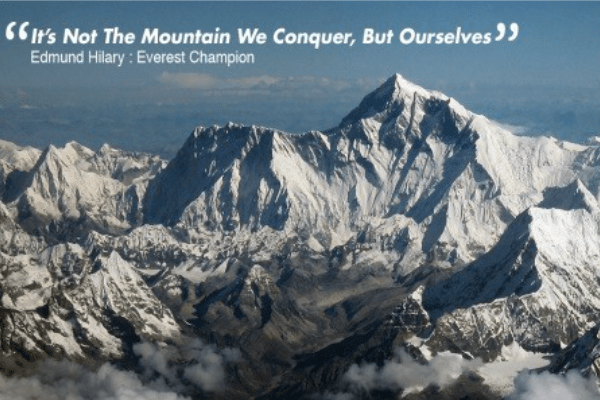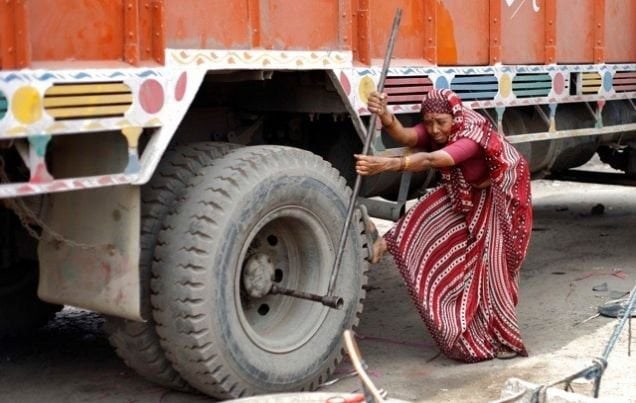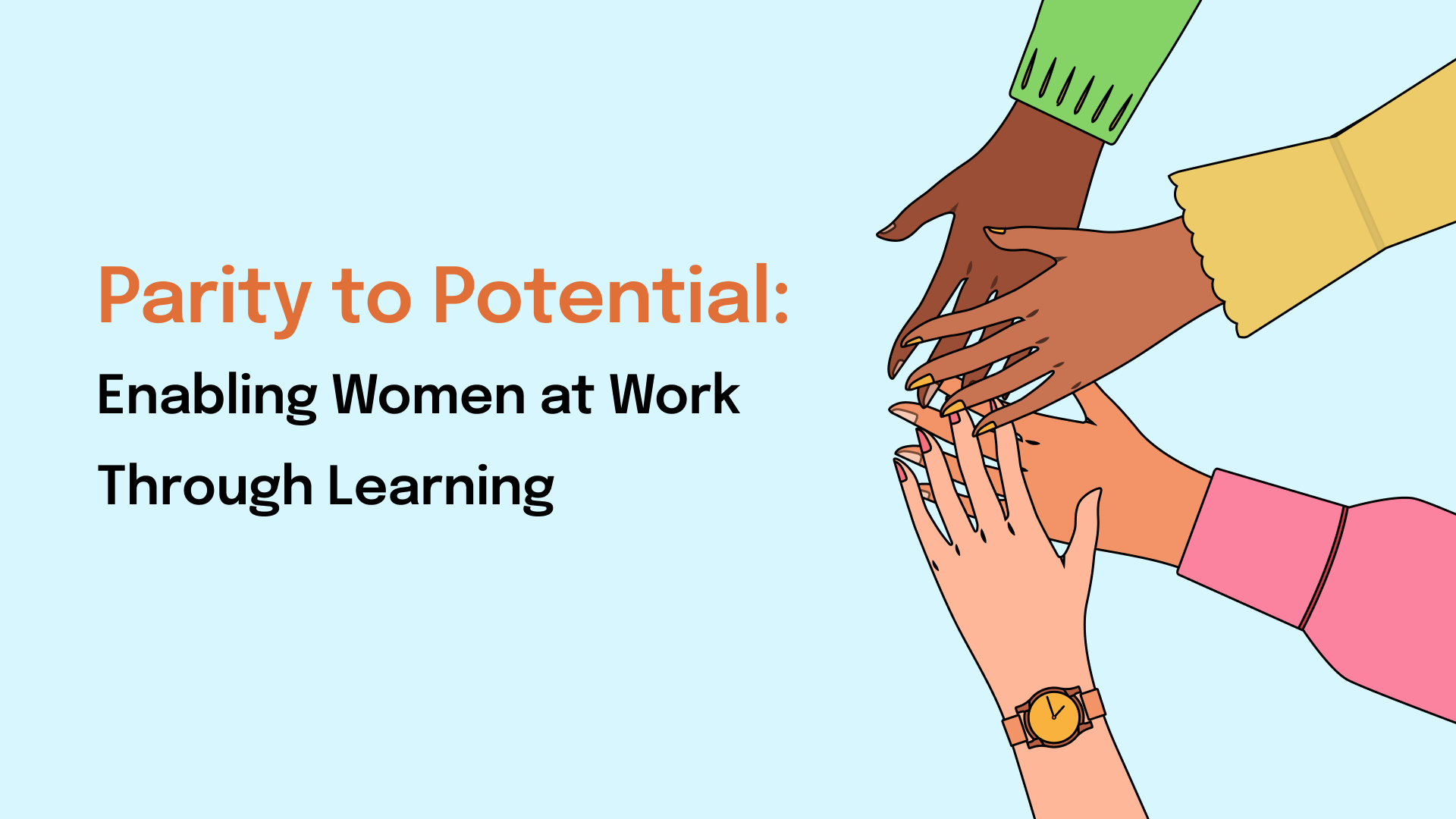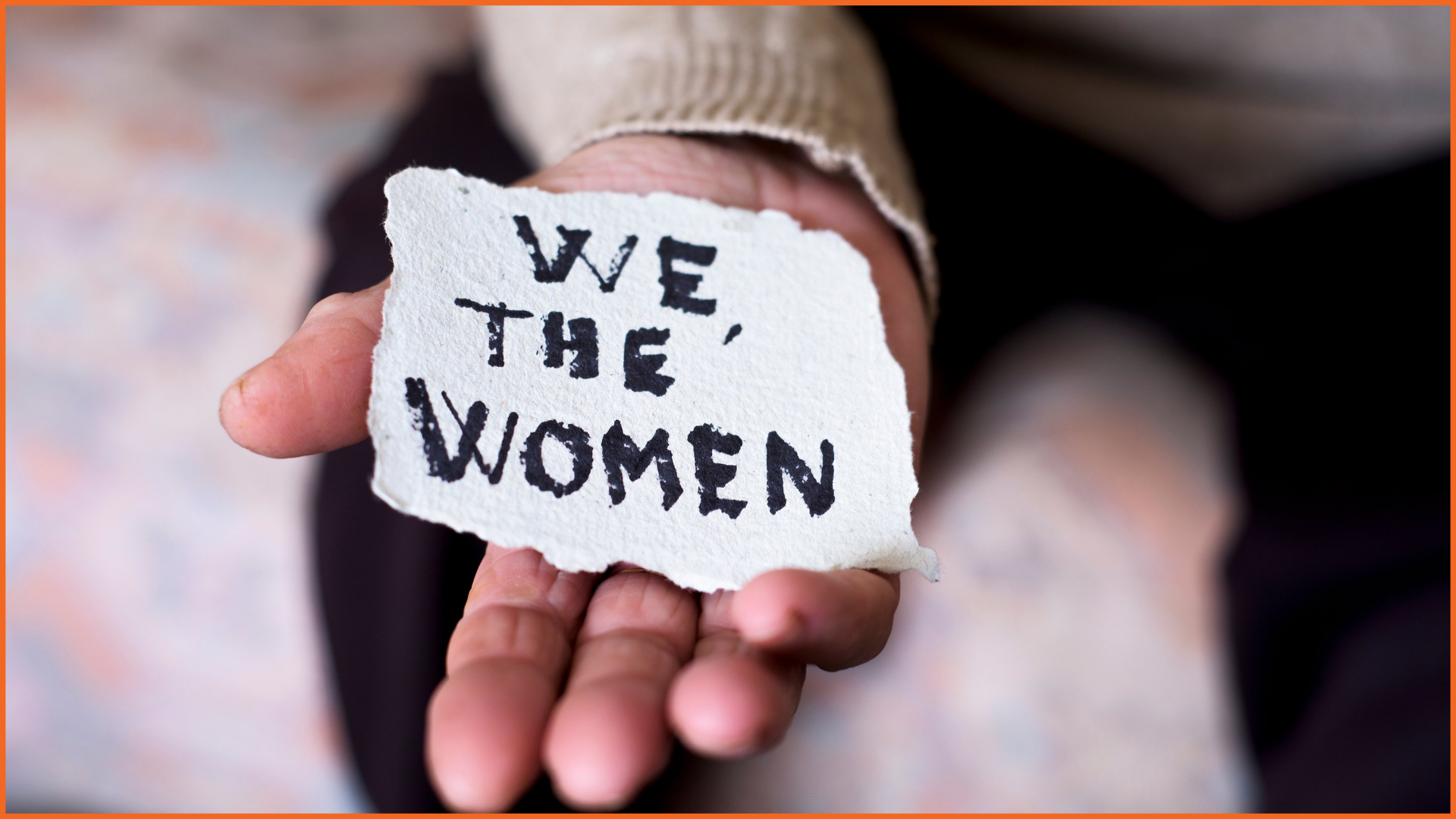International Women’s Day isn’t just about acknowledging the achievements of women. It’s an opportunity to challenge biases, spark conversations, and take action toward lasting gender equity in the workplace. However, in February and March, searches for Women’s Day celebrations often focus on superficial activities like games or token events. As HR professionals, how can we ensure that this day serves as a meaningful catalyst for learning, reflection, and organizational growth?
Our expertise in creating impactful learning interventions positions us to help organizations make Women’s Day a day of significance — one that extends its impact throughout the year. This pillar page explores actionable strategies, answers common questions, and provides insights to inspire deeper change.
Women’s Day: Beyond Balloons and Games
For many organizations, Women’s Day celebrations default to clichés like distributing roses, decorating the office in pink, or organizing simple games. While well-intentioned, these activities often miss the larger point: to address systemic challenges women face at work and to create a truly inclusive environment.
These systemic challenges include disparities in promotion rates, with 70% of men versus just 30% of women advancing to first-time managerial roles. Additionally, research shows that while nearly 100% of men nominate themselves for promotions, only 20% of women do the same, often due to confidence gaps and workplace cultures that don’t encourage self-advocacy.
We’ve done a deeper blog post on this topic, delving deeper into what holds women back in leadership roles.
How Does Empowering Women at Work Benefit Organizations?
- With more options for hiring, companies get access to a wider talent pool with diverse perspectives and experiences.
- Diversity also leads to creativity, problem-solving abilities, and other leadership qualities many women offer to the workforce.
- Since both genders would be exposed to equal work experience, opportunities, and knowledge, it would enhance employee engagement, satisfaction, and productivity.
- Promoting Inclusion, Parity, and Diversity in the workspace will enhance your organization’s brand reputation and attract top talent.
- Business teams with an equal number of men and women perform better and boost sales for the company.
Bring out gender parity at the workplace is a marathon, not a sprint, but the benefits that accrue are worth it.
What Are Leading Companies Doing?
Forward-thinking companies in India are setting benchmarks:
- Tata1 Consultancy Services (TCS)’s diversity hiring: TCS has achieved a workforce comprising 35% women, with 15% in leadership roles, through targeted recruitment and development programs. They also run the “Rebegin” program, enabling women to restart their careers after a break.
- Tata2 Steel’s Gender Diversity Initiatives: Recognized as a Global DEI Lighthouse in 2023 by the World Economic Forum, Tata Steel has implemented policies to improve gender diversity, including mentorship programs and flexible work arrangements.
- Infosys3:’ inclusivity efforts: Conducts unconscious bias training and has mentorship programs specifically for women employees.
- Dr.4 Reddy’s Laboratories’s gender-inclusive policies: The company has led several initiatives to employ and empower women, resulting in an increase in women employees from 778 in 2015 to 2,349 in recent years.
- Tech5 Mahindra’s Diversity and Inclusion Framework: Implemented a comprehensive DEI framework, focusing on gender diversity, LGBTQ+ inclusion, and support for persons with disabilities, fostering an inclusive workplace culture.
What Difference Can a One-Day Celebration Really Make?
A common question we hear is, “Can a single day truly make an impact?” Our experience says it can — if approached strategically. If you do not look at Women’s Day as a day to be “celebrated” but rather as a day to “reflect, learn and act”, then it can help:
- Set the Tone for Year-Long Initiatives: Use the day to launch long-term programs like leadership training or mentorship programs. Here’s an example of a successful Women Leaders Program that we conducted for one of the world’s largest manufacturers of confectionery.
- Create Awareness and Inspire Action: Highlight key organizational metrics and stories that spotlight progress and areas for improvement.
- Spark Meaningful Conversations: Facilitate workshops or fireside chats that encourage employees to think critically about DEI. In 2024, we held a Fireside Chat to inspire women to transform workpaces.
- Audit Diversity Metrics: Assess gender diversity and identify gaps
- Introduce Inclusive Policies: Create family-friendly policies, flexible work arrangements, and safe work environments.
- Invest in DEI Training: Educate employees on unconscious biases and promote inclusive practices.
- Champion Women Leaders: Sponsor mentorship programs to advance women in leadership.
We helped one of our clients, a revenue management company, use the day as an opportunity to understand unconscious bias at the workplace (through gamification).
Women’s Day Ideas for Long-Term Impact
We have designed impactful Diversity, Equity and Inclusion (DEI) interventions for a number of our clients. Here are a few examples of how we’ve supported clients:
- Vena Energy: conduct a session around unconscious biases for the team
- John Deere: run a day-long on Diversity & Inclusion for 45 women leaders
- Coca-Cola: Run a Diversity & Inclusion for 45 women employees
- Avery Dennison: Ran two half-day sessions each for their women leaders on getting to know themselves better (Emergenetics) and on Executive Presence
- Perfetti: An Unconscious Biases session for all managers
- Microsoft: Gamitized activity on unconscious bias for the Finance team
- Mass Mutual: A learning program on unconscious bias
- HSBC: A learning program on unconscious bias for People Managers
Here’s how we can help
Build a Culture of Inclusivity
- Ignite Change to guide others: Leadership builds a DEI vision & values, & learns to lead the change
- Align & Empower to strengthen culture: DEI vision & values are cascaded to org & teams understand their own biases
- Encourage Perspective to make voices heard: Managers are enabled to build a culture of inclusivity in teams at the ground level
- Nurture Ties to create cohesion: Managers master cultural sensitivity in global team settings
- Build Allyship to strengthen inclusion: Enable men to become more effective allies through sensitisation and awareness of biases
- Embrace Equity to enhance employee self-understanding: and gain emotional, mental, and physical competence to break the glass ceiling in the name of inequality.
Build a Diverse Leadership Team
- Carve the Path to ensure equal opportunities: Managers enhance awareness of biases in the performance management process.
- Enable the Rise for women leaders: Empower women with tools and skills needed to break barriers.
If you’re looking for easy ways to celebrate Women’s Day at work, do go through our blog post on the same.
How to Measure Impact from a Women’s Day Learning Intervention
We believe in not just delivering programs but also ensuring measurable outcomes. For Women’s Day interventions, we employ:
- Pre- and Post-Training Surveys: These help gauge shifts in attitudes and understanding.
- Behavioral Observations: Tracking changes in workplace interactions and decision-making.
- Business Metrics: Monitoring KPIs like retention rates, leadership diversity, and engagement scores.
Practical Solutions for HR Leaders
As an HR leader, you may face dilemmas like:
“I don’t think we have a biased culture, but our numbers don’t reflect gender balance. How can we address this?”
Our recommendation: Conduct an organizational audit to understand gaps in representation. Follow this with a targeted recruitment drive and mentorship programs to support women in their career progression.
“Is it important to celebrate International Men’s Day as well, or should our focus remain solely on Women’s Day?”
While Women’s Day addresses historical and systemic challenges faced by women, celebrating Men’s Day can also foster inclusivity. It’s not about choosing one over the other but aligning both with your organization’s DEI goals.
“How can I indicate to my management team that certain colleagues need DEI training?”
This is a sensitive issue, and Women’s Day can be the perfect opportunity to approach it constructively. FocusU suggests:
- Anonymous Feedback Channels: Encourage employees to share experiences or observations through anonymous surveys.
- Team-Wide Training Programs: Position DEI training as a benefit for everyone, not just specific individuals, to avoid singling anyone out.
- Highlighting the Business Case: Share data or examples that demonstrate how inclusive workplaces perform better, using insights from organizations like McKinsey.
At FocusU, we’ve seen success with such strategies. For example, a confectionery client used Women’s Day as a launchpad for company-wide DEI initiatives, creating an inclusive culture without alienating any group.
Success Stories from our portfolio
Gamified DEI Training for a Revenue Management Company
Designed for 250+ leaders, our “Chamber of Secrets” workshop used gamification to uncover biases. Participants reported actionable takeaways like “avoiding stereotypes” and “judging based on facts,” with client stakeholders praising the program’s engagement and impact.
Women’s Leadership Program for a Confectionery Manufacturer
This six-month journey addressed unconscious bias, confidence-building, and conflict management. Post-program evaluations showed increased confidence and better work-life balance among participants, along with a stronger leadership pipeline.
Remember, empowering women at the workplace matters, and it starts with us!
1- https://amazingworkplaces.co/top-7-companies-in-india-leading-the-way-in-dei-initiatives-and-impact/?utm_source=chatgpt.com
2- https://www.tatasteel.com/media/newsroom/press-releases/india/2023/tata-steel-recognised-as-global-diversity-equity-inclusion-dei-lighthouse-2023-by-world-economic-forum/?utm_source=chatgpt.com
3- https://www.indiversecompany.com/diversity-and-inclusion-in-action-an-indian-perspective/
4- https://www.naukri.com/blog/top-indian-companies-that-promote-gender-diversity-at-workplace/
5- https://apna.co/career-central/breaking-barriers-top-diversity-and-inclusion-companies-in-india/







 Source: http://achhikhabre.com/wp-content/uploads/2015/03/arunima-sinha-first-woman-amputee-to-scale-mounth-everest.jpg
Source: http://achhikhabre.com/wp-content/uploads/2015/03/arunima-sinha-first-woman-amputee-to-scale-mounth-everest.jpg








